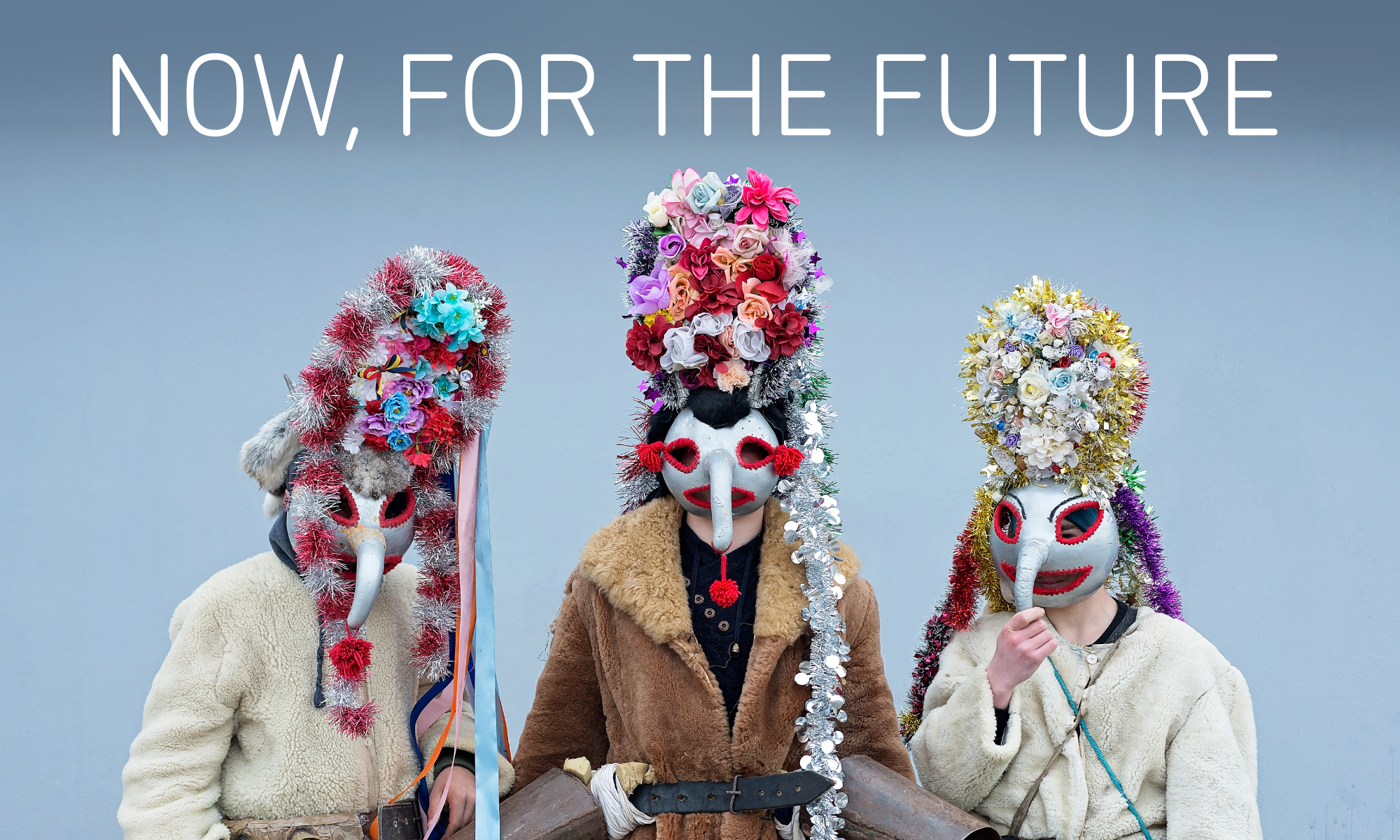
Our perception of the world is influenced by our environment, our education, our history, and the stories we are told. Photography may be the most accessible and inclusive tool we have for communication. We can use it to share images that reflect on the world we live in, images that hold people together, encourage creative thoughts and provoke positive actions. The more we know and understand, and the more we find in common with others, the more likely we are to succeed.
Curated by Shutter Hub’s Karen Harvey, Now, for the Future asks, can we create a visual language that draws from the past, exists in the moment, and sets a positive course for the future? International photographers examine the myths and fables of the now – will the stories we tell today survive to be the folklore of the future? And, could Now, for the Future be a visual handbook for our emotional survival?
Now, for the Future runs throughout November 2019 as part of LOOK Photo Biennial at Open Eye Gallery and is presented by Shutter Hub with Open Source.
We invited the 21 exhibiting photographers to share the stories behind their images…
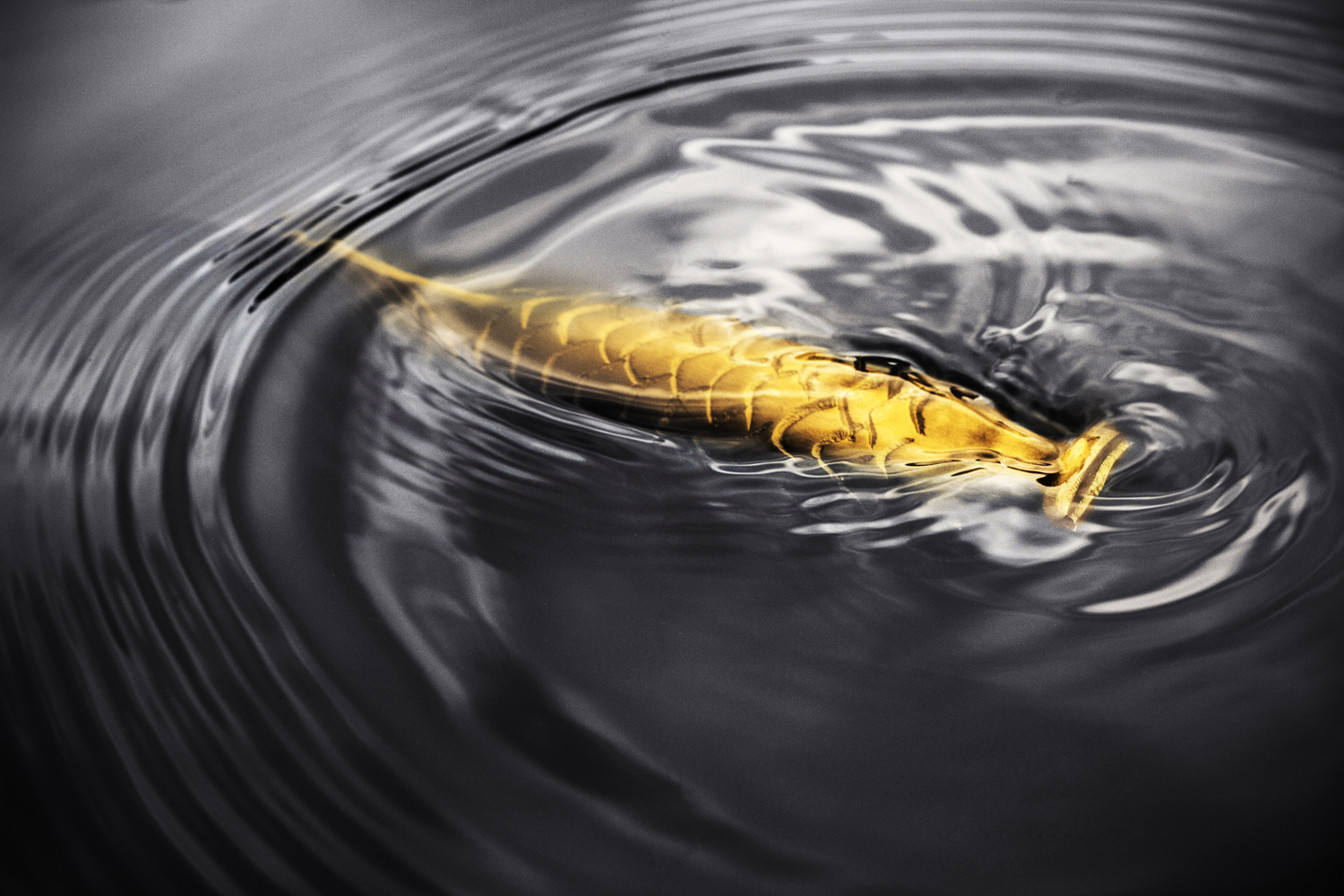
©Andres Millan
Andres Millan
The New Gold: El dorado’ is a historical reference to the myths and legends invented by the conquerors when they arrived in America. These stories, wrapped in madness about the richness of the land, became the basis of the social structures that work for the domestication of the territory. In this project, gold is a metaphor for wealth and lust, it’s a way to show trepidation for a territory that continues to reinvent itself into a simulated oblivion: the amazon rainforest. ‘The New Gold’ is also a symbol of the species extinctions, tribes and ecosystems that disappear because of our madness for wealth and our desire to rule over everything.
In this image is a wooden replica of the Pirarucu, the great fish of the Amazon and one of the largest freshwater fish in the world that has been in danger of extinction for years due to improper and poorly controlled fishing.
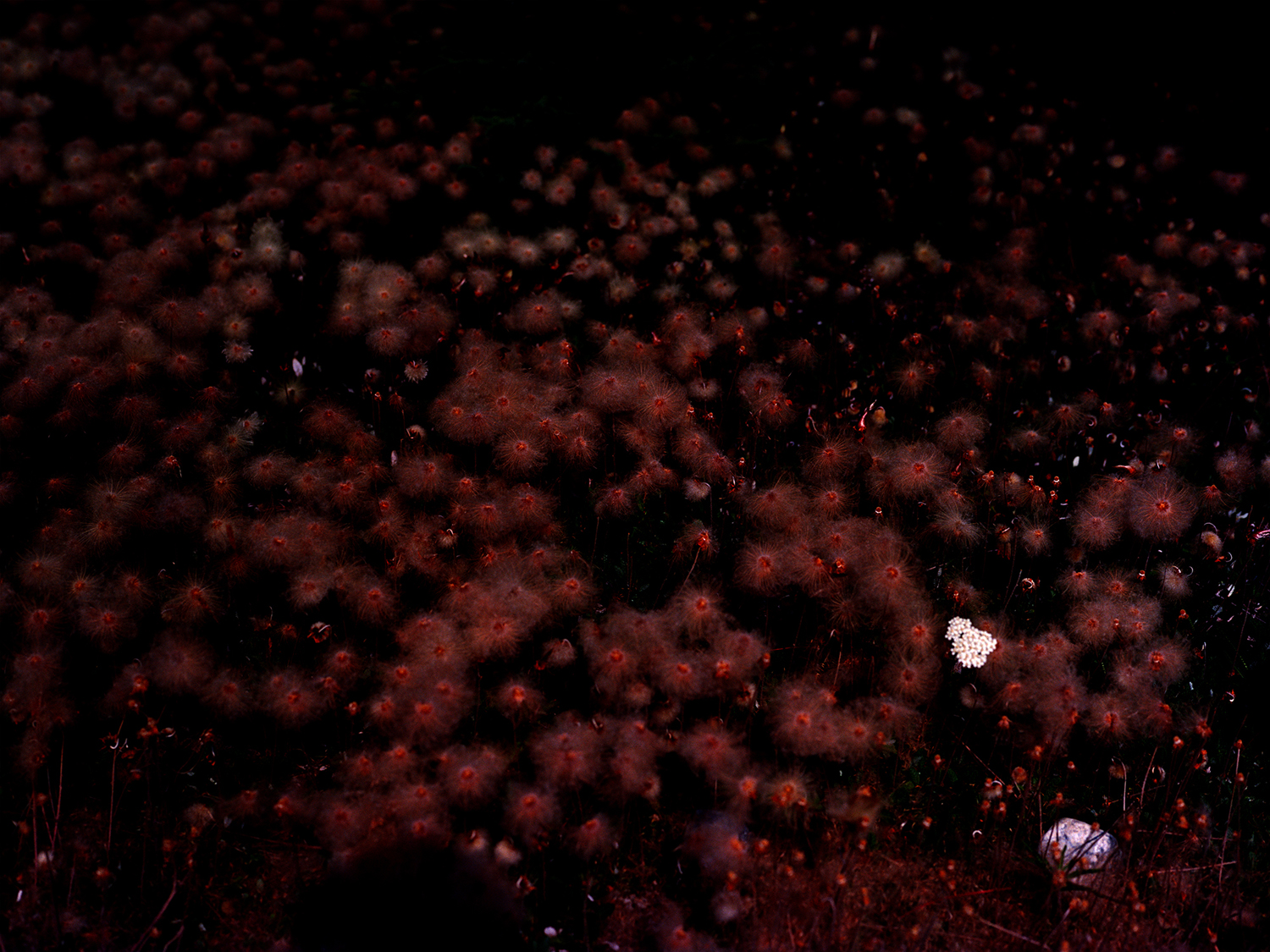
© Anna Katharina Zeitler
Anna Katharina Zeitler
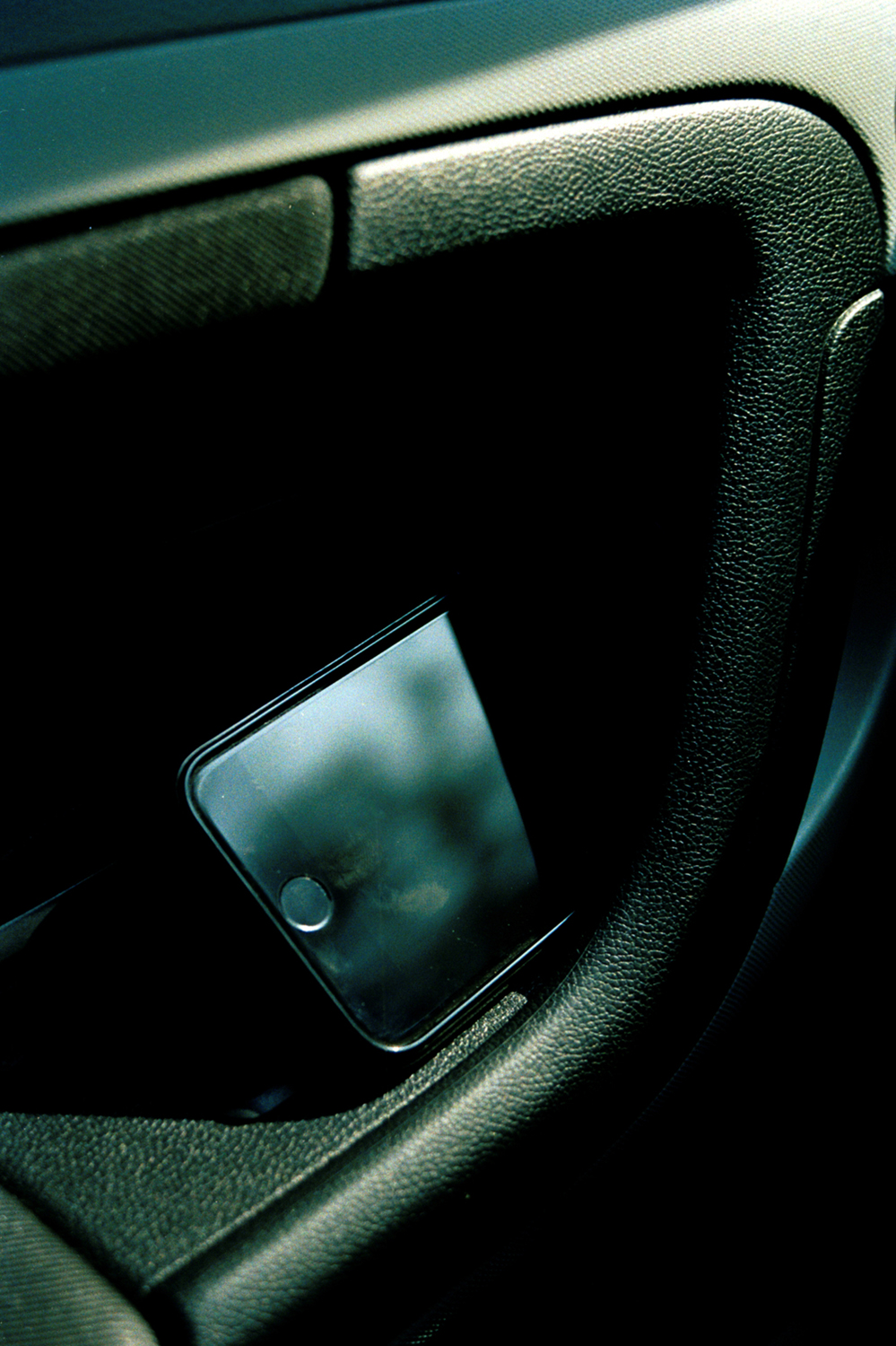
© Annabel Fitzsimons
Annabel Fitzsimons
At the Median: (2018 – ongoing) looks at the sensory and visual facets of my life with Obsessive Compulsive Disorder. In this project I locate my childhood memories in the contexts in which they occurred, both within my home life and in the surrounding area, in order to create allegorical representations of my lived experiences. Through doing so, I come to occupy a liminal space between past and present, allowing me to mediate between the two.
Set in the New Forest where I grew up, these meditative pictures unearth a personal journey, locating memories in physical space. These reminiscences span from my family home to familiar surrounding environments, and subsequently feature both new memories formed during trips home to make the work and old memories re-experienced in a new context. In my endeavour to express the indescribable aspects of my lived experience, I reflect on the way in which my mental health alters my perception, imparting both darkness and light to my worldview. Seeking to capture a different way of seeing which results from this perspective, I take a stylistic approach which is aimed at recreating my unique tactile experience.
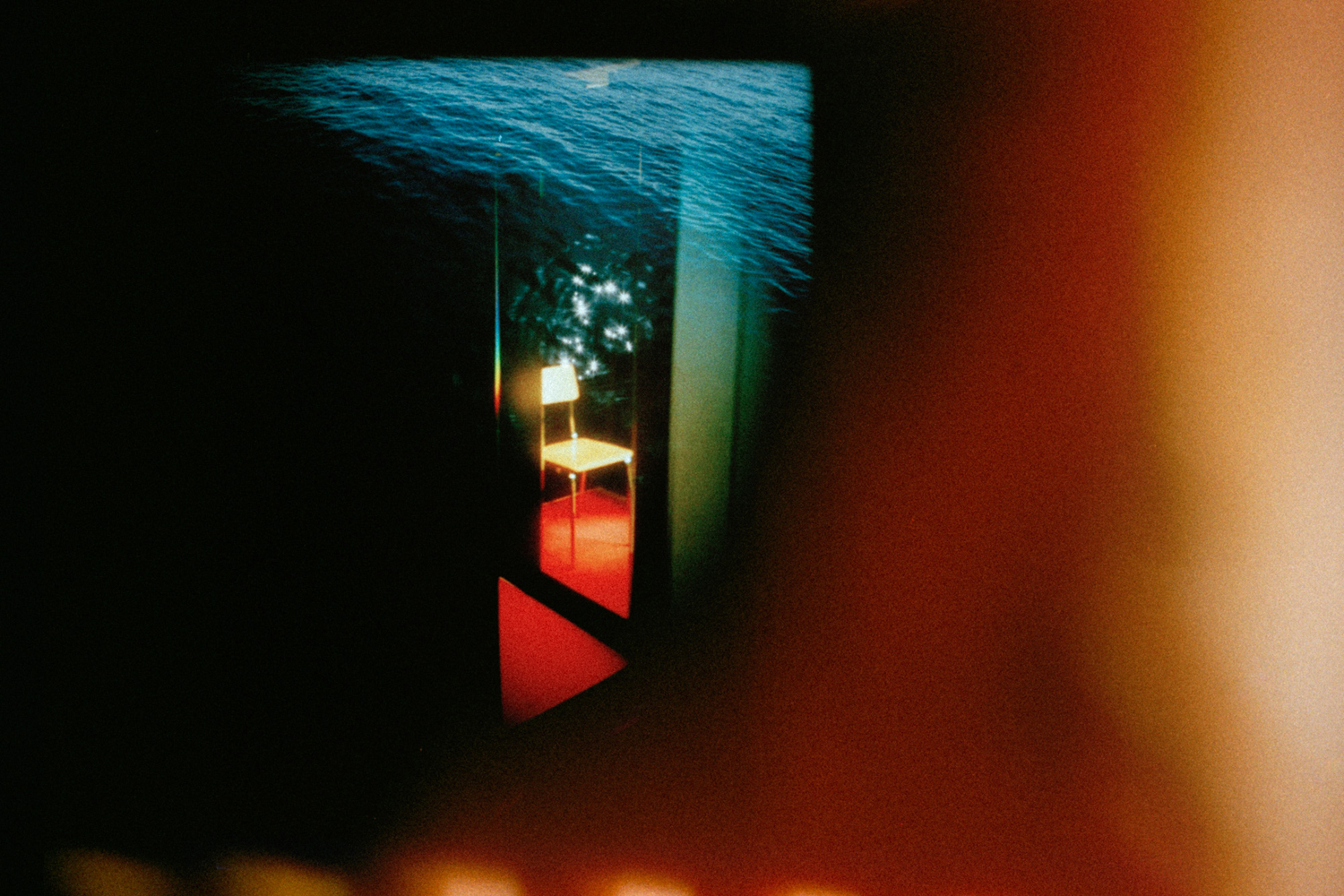
© Atsushi Momoi
Atsushi Momoi
A Light Leads to Another: In this work, I’ve been inspired by my personal experience that some fragmentary memories are recalled irrelevantly. These memories having utterly different contexts in time and space respond to each other as fragmental images in light and then they are about to connect with one light after another. It seemed that dim light came up gradually from the darkness and then became brighter with changing, appearing or disappearing to my consciousness. While “past and there” which have been reconstructed and modified to suit “now and here” remain and flicker, I recognize that my consciousness is composed of layers of memory.
T visualize this dynamic process about evocation I shot my Mac display monitor which is randomly projecting the photographs taken by myself, as gathering of memories, by a function of slideshow. Firstly, I inputted a large number of images in past shooting onto slideshow and set in it to display these randomly with modifying the setup. Once I finished setting up, incoherent images came and went at random on the monitor. Not only through re- photographing incoherent images overlapped on a monitor, but also making use of the specific character of photography which is “save the memories” as a metaphor, I have tried to trace memory as universal experience: how our consciousness are reconstructed by the past images. My aim of this work is to reconsider the connection between the “past” memory and the phase of “now”.
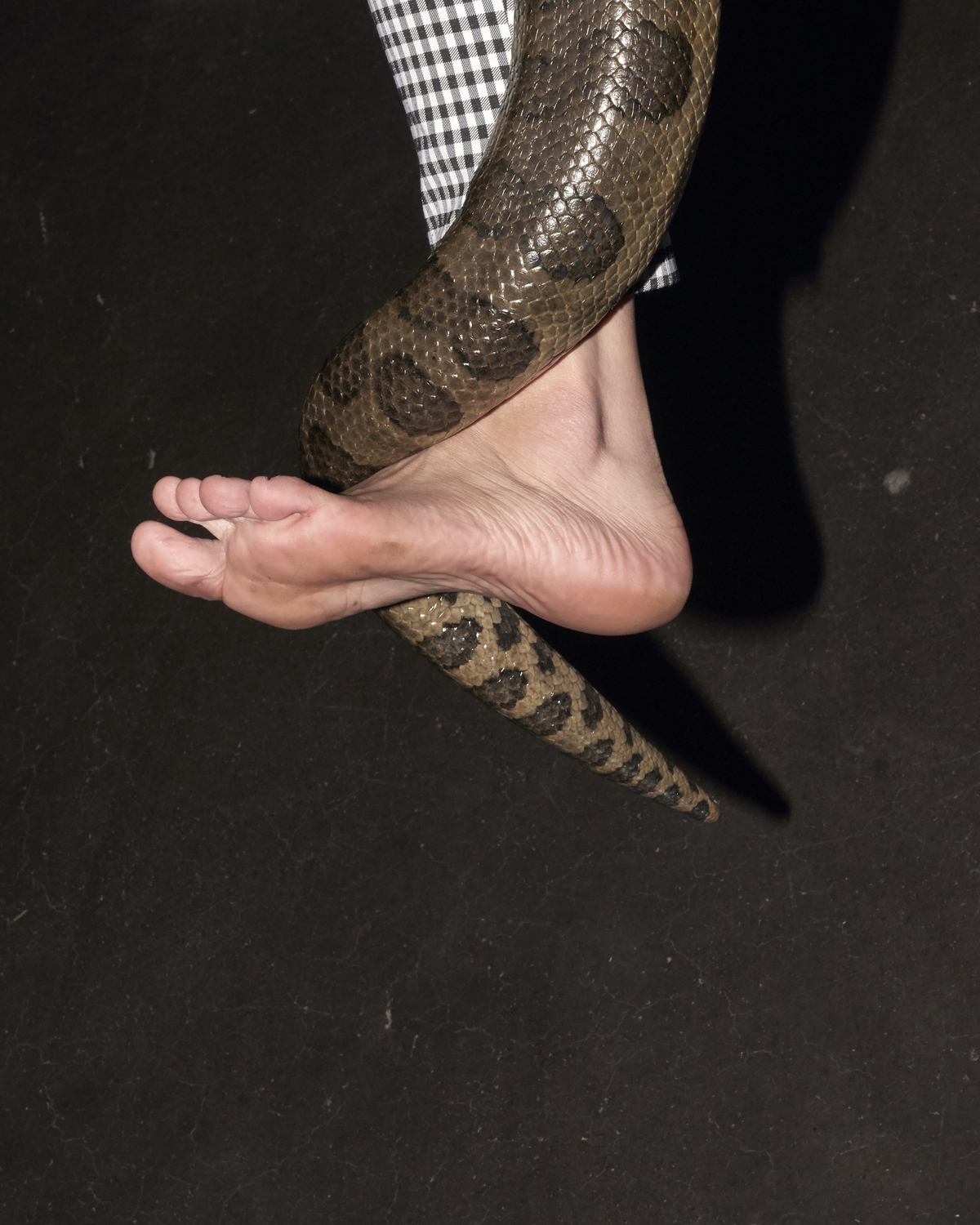
© Brendon Kahn
Brendon Kahn
The Baby Tooth Isn’t Loose dives into an estranged exploration of the fault lines in human nature. This visual process reflects a collective ridiculousness that inescapably marries both the absurd and ironic. This translation is an experiment where the life of the work is guided by dissimilarity while ultimately living inside the same uncomfortable zoo. Within these lives, confusion plays a consistent role where the uncertainty drives an energy that makes it continuously more difficult to consider what is real.
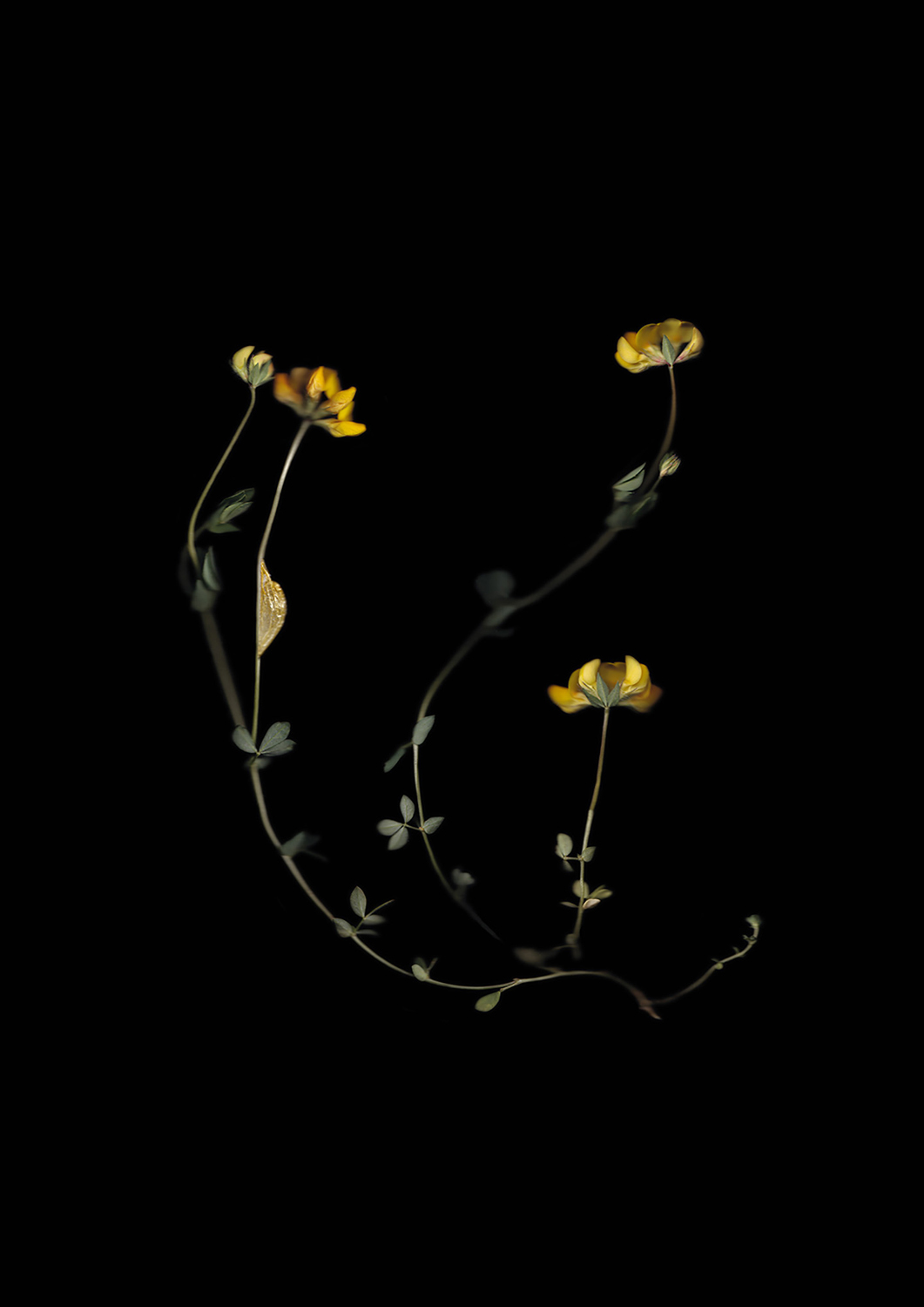
© Francesca Wilkinson
Francesca Wilkinson
The botanical family of legumes, of which this Lotus corniculatus (Common Birdsfoot Trefoil) belongs, has sustained cropland and wild habitats by their ability to fix nitrogen from the air for most of agricultural history. Nitrogen is an essential nutrient needed by plants, which is introduced to the soil when plants die, or when animals grazing on legumes drop their waste onto the soil. For hundreds of years this relationship between legumes, livestock and the land was nurtured to help plants grow, but by the mid-1900s was replaced by mineral nitrogen fertiliser and feed imports. This trend drove a major increase in crop yields and has had major consequences for food production, pollution, and the country’s carbon footprint from agriculture. Agriculture has become so reliant on these cheap farming methods, that without imports of nitrogen, the industry would collapse.
There is now a renewed interest in legumes, their nutritional qualities and their contribution as a ‘green’ fertiliser. This Lotus corniculatus specimen with the empty cocoon of a six-spotted Burnet moth attached came from the Walthamstow Marshes near where I live. It is one of the last surviving marshlands in London and a very important habitat for wildlife. Legumes grow aplenty in this green space and cattle have also been reintroduced here to imitate old farming methods and encourage the growth of wild flowers.
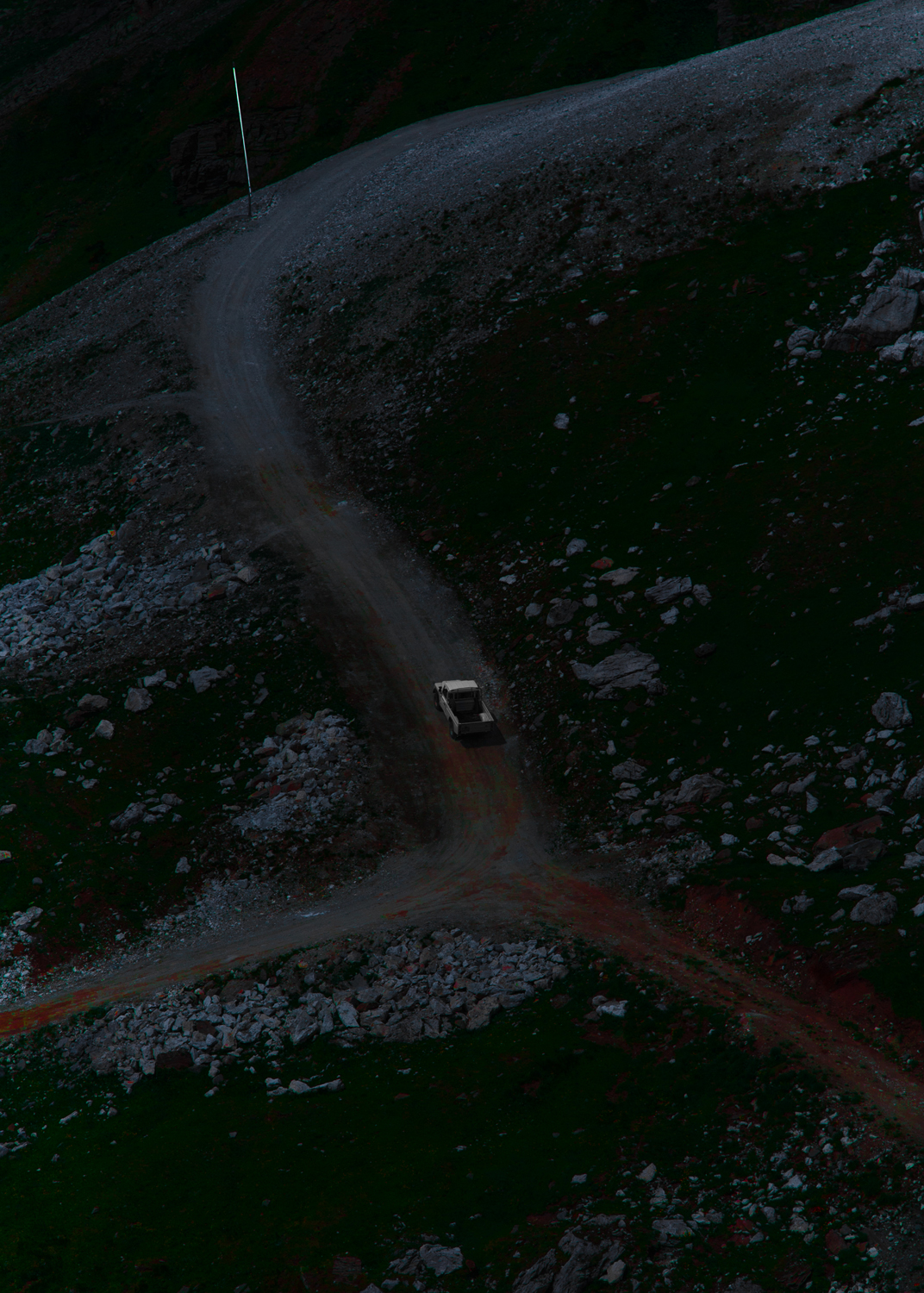
© Francesco Merlini
Francesco Merlini
For many years I have tried to narrate a valley where I was born and where I’ve spent a lot of time since when I was a child even if I grow up in a big city like Milano. This valley is a place that I loved and hated, a place I’m tied to by an emotional link that involves me, my father passed away when I was fifteen and my mother disappeared two years ago.
At a certain point I decided to put aside any kind of documentary approach with the awareness that I have never been interested in the beauty of natural scenery or in the objective reality of this place. I was interested in giving a voice to a place that changes, protects and destroys people, through its existence in our lives.
In my work, memories of the time spent in this valley are mixed with dreams, nightmares and visions that my mind has set in this familiar and at the same time distant place, drawing on a sort of magical realism.
In a time where people look at photographs faster and faster, I decided to use a photographic language that would induce the observer to linger, to move closer and to squint in order to get used to the darkness of these iridescent images that conceal a personal journey towards the reckoning with this valley.
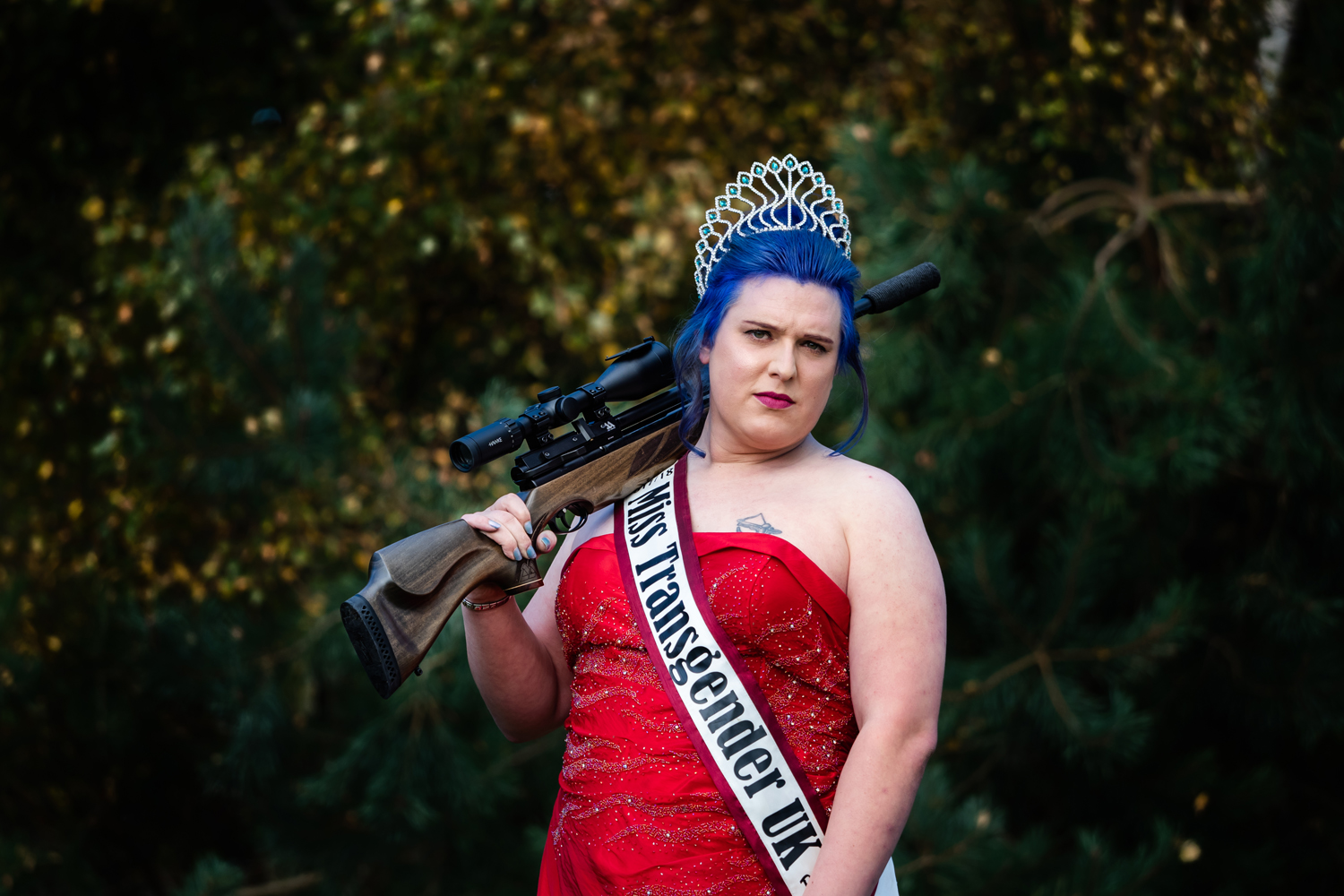
© Gemma Taylor
Gemma Taylor
Not a ‘girly girl’: a long-term documentary project and collaboration between the photographer, Gemma Taylor, and Bea Wood, the Miss Transgender UK title holder 2017/18.
The title came from Bea’s constant wrangle in ‘having’ to define herself against other people’s expectations of a model, a pageant queen, a transwoman, and a woman full stop.
Many people, whether close family or strangers, have a view on how Bea should live her life. Because of that, each picture in the is paired with quotes from Bea so people can hear from her directly, rather than leaving it open to interpretation.
As the collaboration developed, the project started to include some more ‘conceptual’ shots – for example Bea posing in a ballgown with a gun. The picture was taken shortly after some transphobic comments were made about Bea by a radio journalist. The resulting photo is her statement as to who she is, complete with all her different dimensions, and an “F you” to people who think she should conform in any way.
“When I see the work,” says Bea. “I don’t see a story from someone that has followed me, I see a story created by someone who knows me. It’s so genuine and honest. I can say ‘that’s me’. That’s my life.”

© Indre Hilara Bylaite
Indre Hilara Bylaite
The Last Beekeeper: a body of work exploring emigration, disappearing communities, heritage and identity. A personal project which touches on universal issues. Observation and acceptance of parents getting old, grandparents’ homes being slowly consumed by time, shifting of the family dynamic and the magic of the everyday. Work has been created in three of my family homes in Lithuania and bee’s hives used as symbolism for family and society.
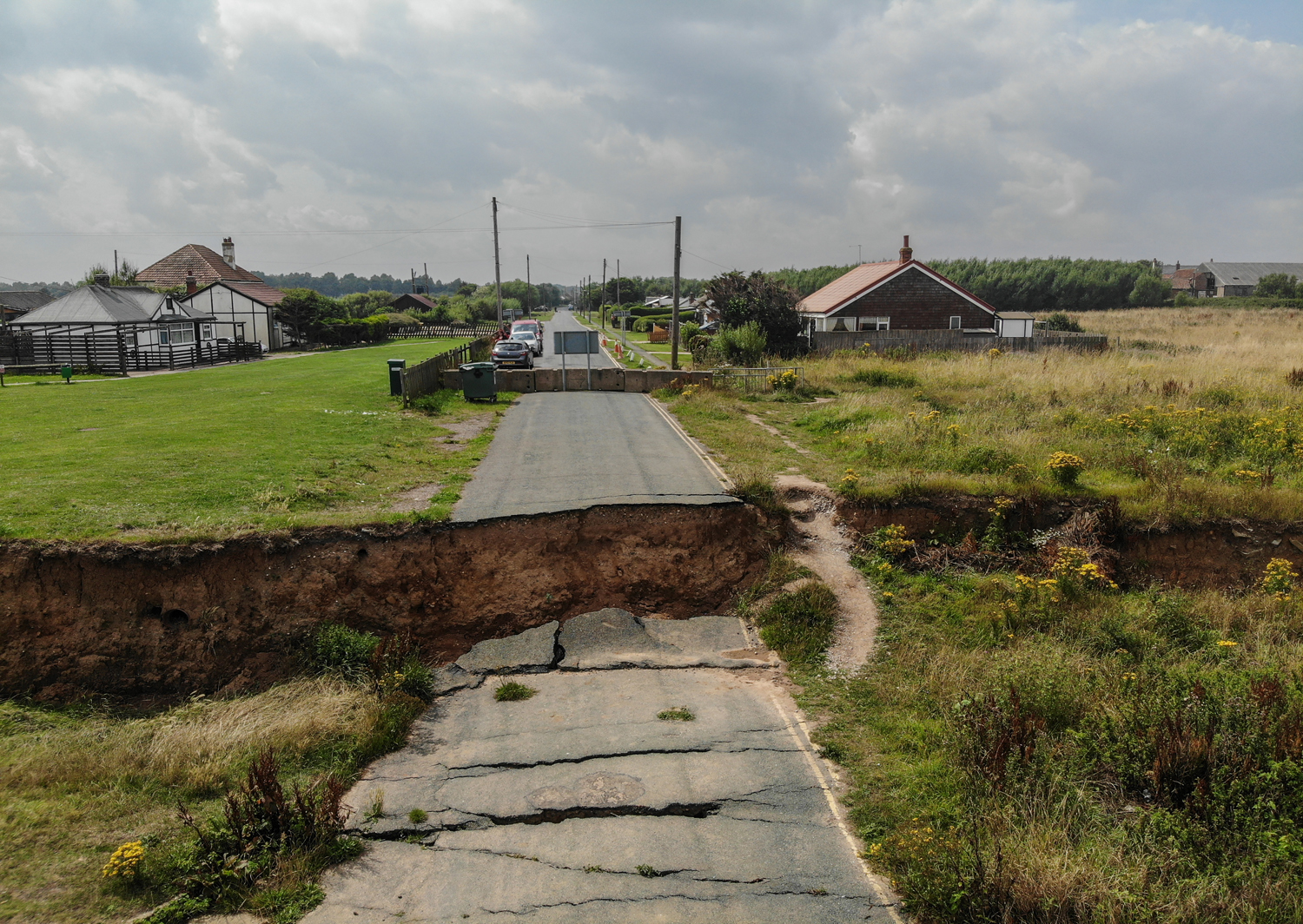
© Lucy Hayto
Lucy Hayto
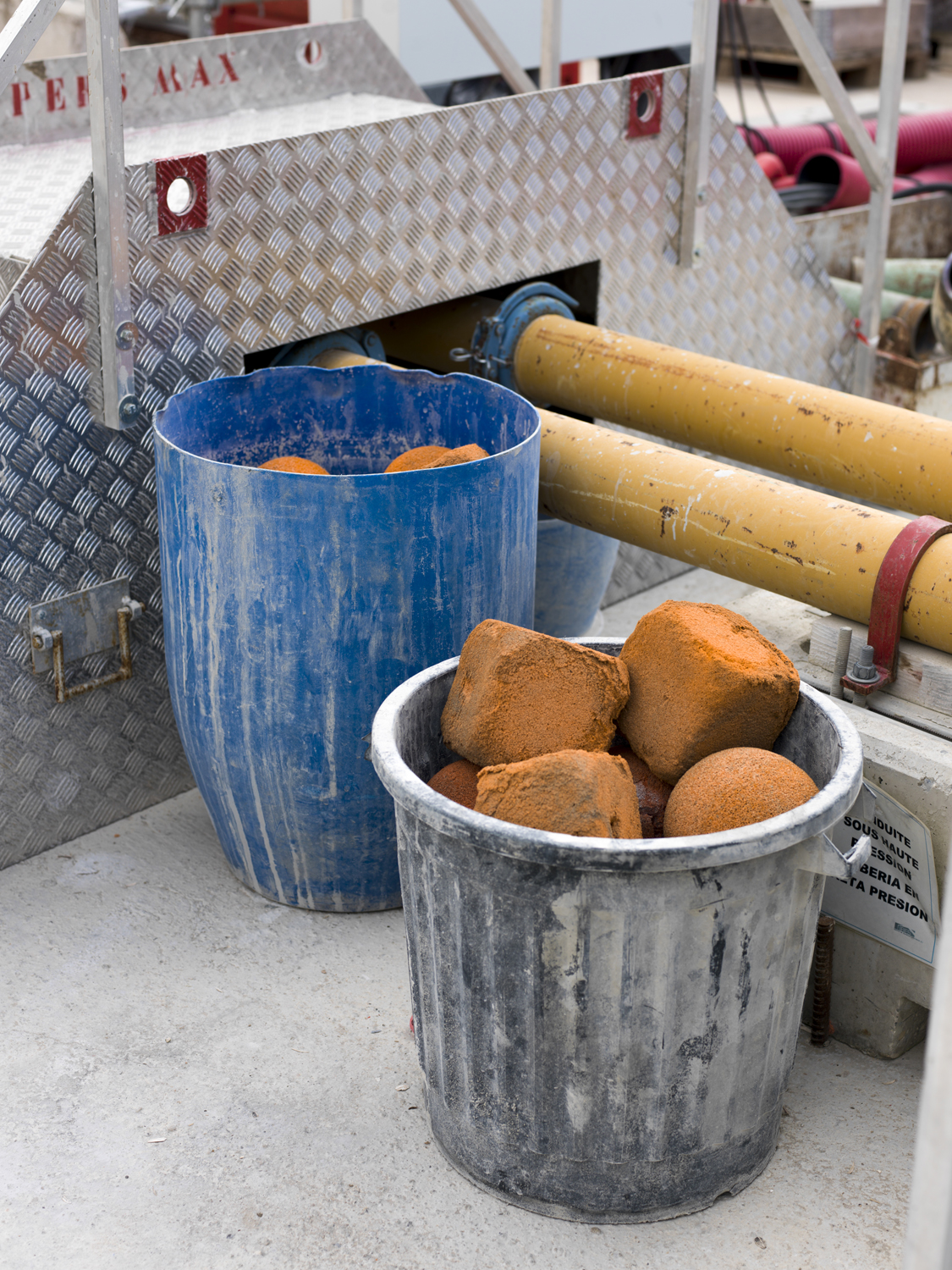
© Luke Hurlock
Luke Hurlock
Nuclear fusion is the energy source of the sun. Particles of hydrogen collide within the Sun under its own incredible heat and pressure. These particles then fuse into heavier atoms of helium, the resulting reaction can release enormous amounts of energy. There have been many efforts internationally to understand this process since the 1920s. In comparison to nuclear fission, the current atomic method of energy creation, nuclear fusion creates little radioactive waste. Nuclear fusion power stations could mean unlimited, clean and carbon-neutral energy for the planet.
This project focuses on large-scale Tokamak devices, the most developed method towards fusion energy. Hydrogen isotopes are heated to a plasma within an inverted doughnut shaped vacuum known as a torus chamber. The plasma is confined using superconducting electromagnets and reaches temperatures approaching 200 million °C causing isotopes to fuse and release energy.
This project images the Culham Centre for Fusion Energy (CCFE) and the International Thermonuclear Experimental Reactor (ITER). JET in CCFE is the main precursor to the ITERs tokamak design. ITER is the next step for fusion energy. European nations, Russia, Japan, America, China, Korea and India have all contributed vast amounts of precision engineering, funding and research and development to attempt to build a 30-meter-high tokamak in Saint-Paul-Lez-Durance, France. ITER aims to create its first plasma in 2025.
This project, with a ground level view, aims to visually inform the viewer on the progress of a future technology that promises to bring a new age of energy generation and innovation.

© Maria Oliveira
Maria Oliveira
It’s still morning: Reality is always the imminence of something about to happen, transition is the most natural state of things. We see the world in our way, under dominion, adjusted to our hands. Attentive to what we can control. But life belongs to us to the same extent as death. We always watch that which ends. To think of the planet as a common and changeable place is also to recognise its fragility and non-permanent nature. And this condemnation is its beauty. In spite of everything that is organised, that is built and abandoned to serve us, it will be in what escapes us that we will be safer. That which exists despite us. Accordingly, and at this time, it will make sense to become aware of the place we occupy, in which direction we are headed.
This work is a reflection about our position in the world, how we interact and affect the environment, the other living being. I want to think about the duality of control and the fragility of the world. The constant tension between our need of interfere in the planet and the natural and eternal state of the things that is the transition. The project was part of the first Biennial de Fotografia do Porto, with the theme ‘Adaptation and Transition’ that aim to reflect can we contribute to transitioning towards a better adapted and more sustainable society.
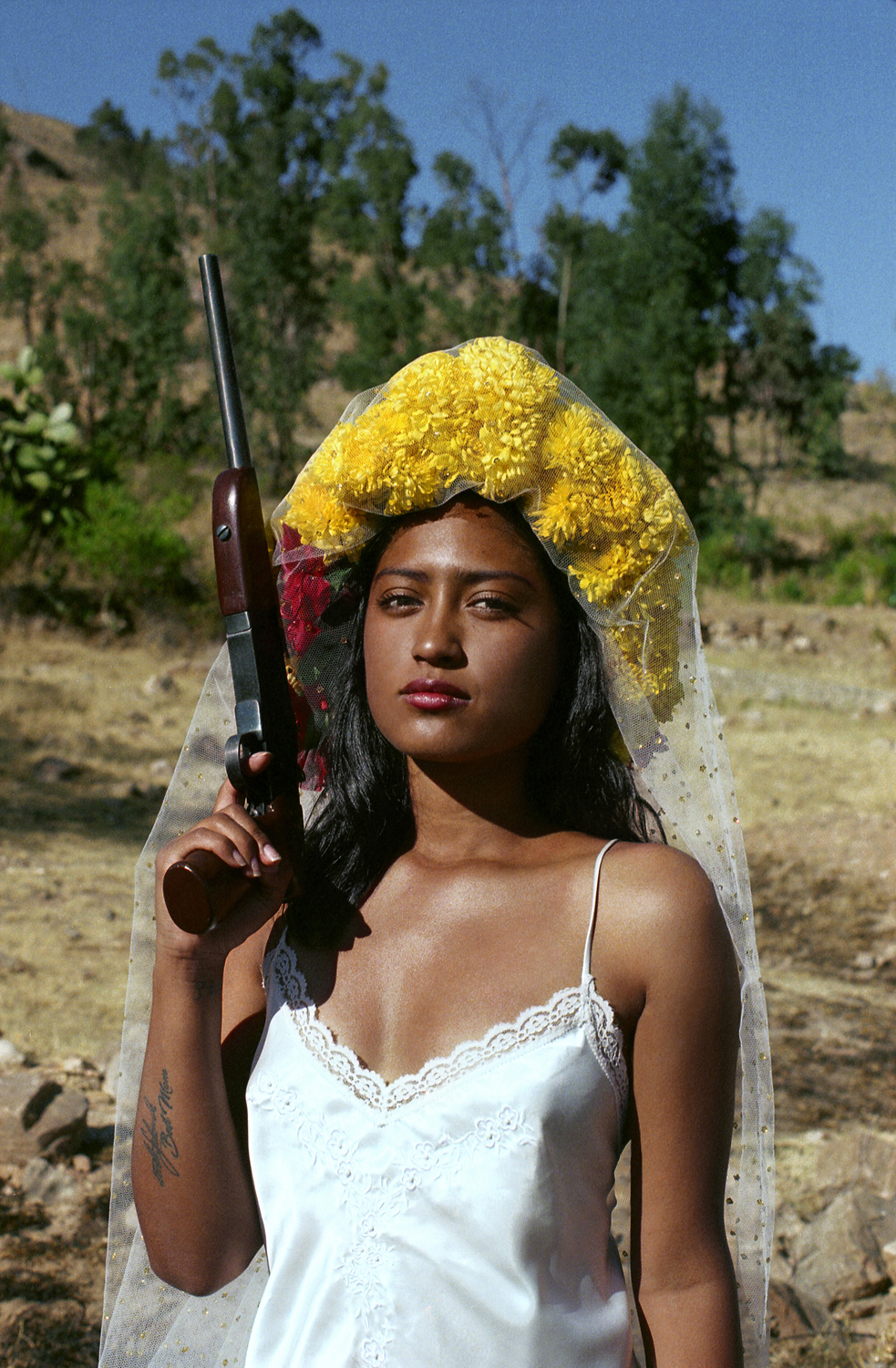
© Marisol Mendez
Marisol Mendez
MADRE: delves into who I am in relation to my female lineage and who I have become in relation to where I was born. The experience is a return to the womb, a journey back to the motherland. I relocated to my native land after spending seven years studying abroad. Upon returning I realised that, even though Bolivia is a pluricultural country with a rich loom of femininity, the portrayal of women remains whitewashed, unidimensional and phallogocentric.
I wanted to challenge this inherent machismo and celebrate the diversity, complexity and contradictions of my country through the portrayal of its women. The project became a cathartic experience that allowed me to (re)connect to my ancestry and through it (re)discover the history of Bolivia.
In the series, women are depicted through the archetypes of Mary Magdalene and Mary the Virgin but repossessed to reflect Andean traditions. To this day Catholicism permeates our society’s understanding of womanhood but it is in syncretism that the essence of our culture emerges. Consequently, the photographs portray an existence interconnected and bridged by, both, physical and mythological elements, a dance between the Hanan Pacha (the upper world in Incan mythology) and the Uku Pacha (the under or inner world) where women experience potentiality, change, loss, decline, and death.
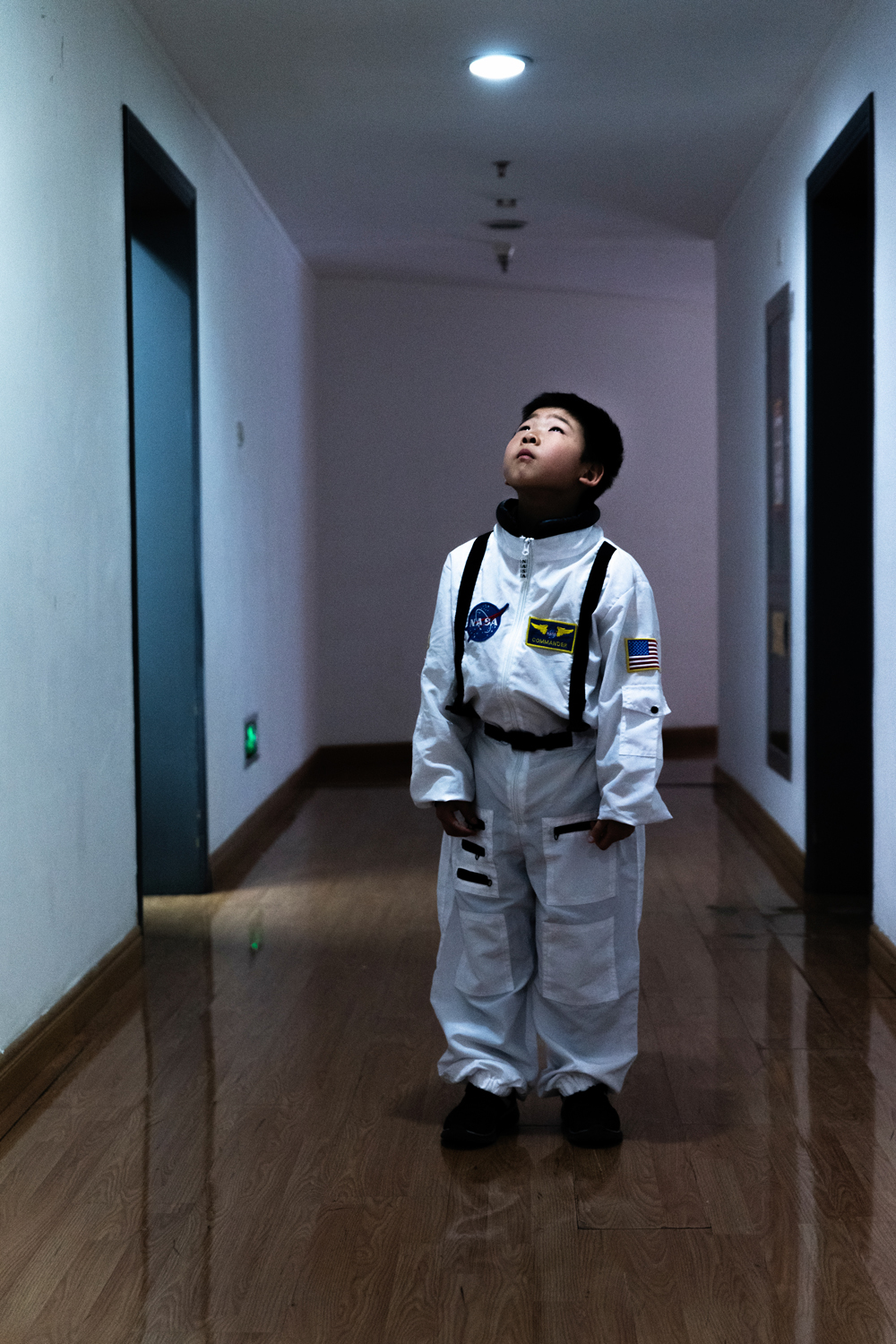
© Matjaz Tancic
Matjaz Tancic
Ad Astra: Late last year, China’s space agency successfully landed the first spacecraft on the far side of the moon, while NASA now plans to once again to put humans on the moon as part of its long-term strategy to reach Mars by the 2030s. Next summer’s launch window to Mars features a crowded field of rovers or landers from the United States, China, United Arab Emirates, and a joint Russian/European effort. But for many, space exploration is not accelerating fast enough. Of course there are the known billionaire game-changers in the private space business like Elon Musk and Richard Branson, but this project is interested in the idiosyncratic visionaries, often cash-strapped and working in the grey areas of the law, that are developing technologies for space travel and exploration. Interest in space is growing and I have followed the advancements of the Mars colonization research in China, Unites States and in Europe. From Mars architects, doctors, farmers, engineers, home rocket builders and multibillion startups developing the self-sustainable Mars habitats. We are living in the future. Ad Astra – to the stars.
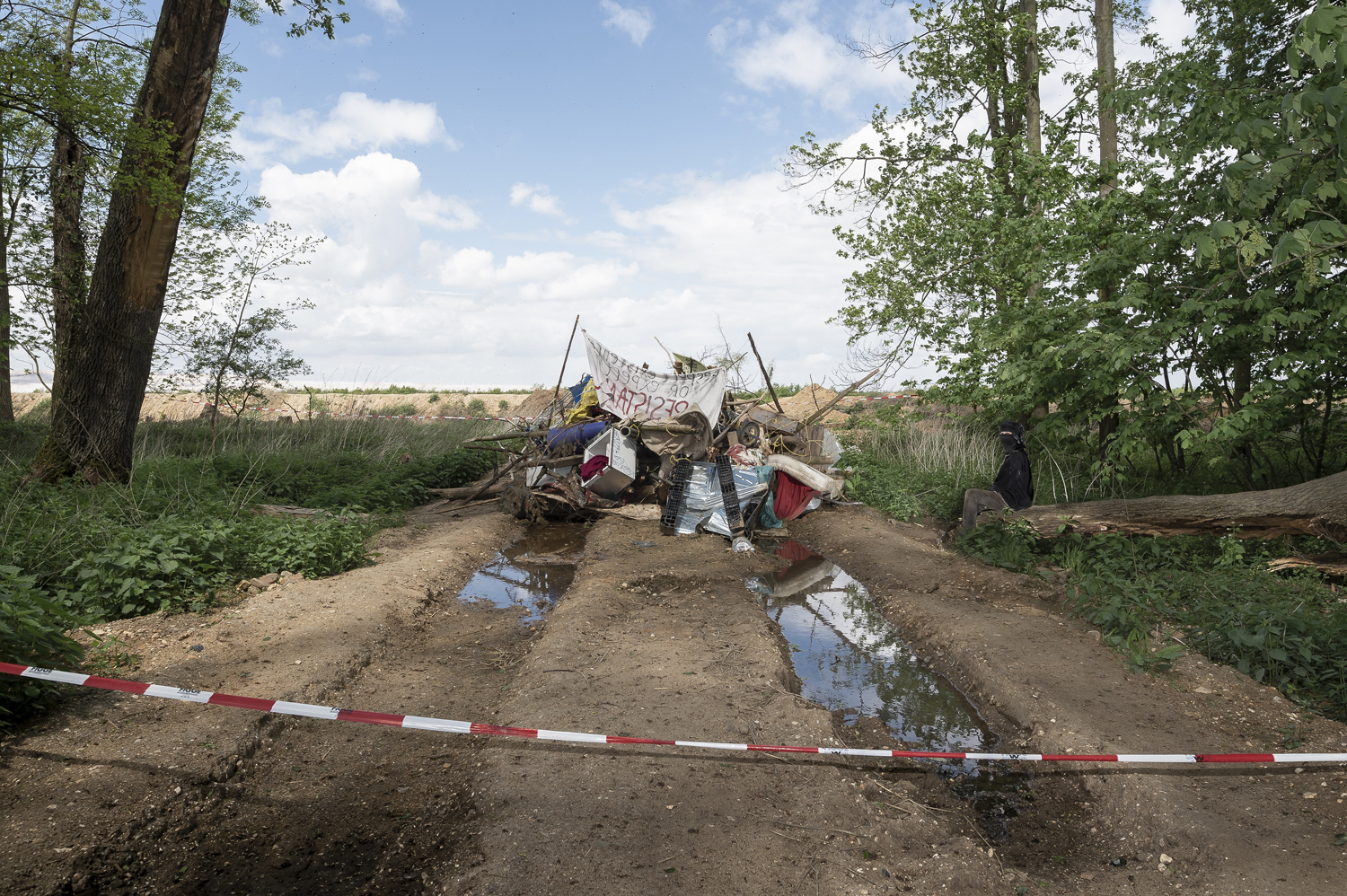
Barricades on several access points to the remaining forest are created to keep buldozers and other vehiculs out.
Michel Petillo
Carbon pollution from coal is considered a leading contributor to climate change. Within the EU, almost 20% of the EU’s CO2 emissions – with Germany and Poland responsible for half of it – stems from coal power plants. Despite Germany’s intent to transition away, the newest units of lignite-powered facilities are expected to operate until 2055. Lignite or brown coal is considered the biggest CO2 pollutant. It is mined in giant open pits in Germany’s Rhineland. Its extraction is cheap and with the relatively low price of carbon under Europe’s emissions trading system, there appears little incentive to give it up.
Excavation of the Hambach site, aka “Mordor”, began in 1978. This surface mine, near Kerpen and close to the Dutch-German border, is owned by the RWE mining company. It is approximately 500 meters deep. An area of 85 km² is designated for mining. Hambach Forst – an ancient forest – and several villages needed to make way for the world’s largest excavators.
In 2012, an area of 200 hectares of remaining forest became occupied by environmentalists trying to prevent its planned destruction. The occupation involves a number of self-sufficient settlements or “barrios”, tree houses and road barricades. The photograph shows the “North Barricade.” It is situated on an actual Camino Road and it leads straight into “Mordor”. For signalling eviction raids by law enforcement and RWE, the barricade is guarded by an environmentalist. During a raid last year, a journalist fell to his death while reporting on it.
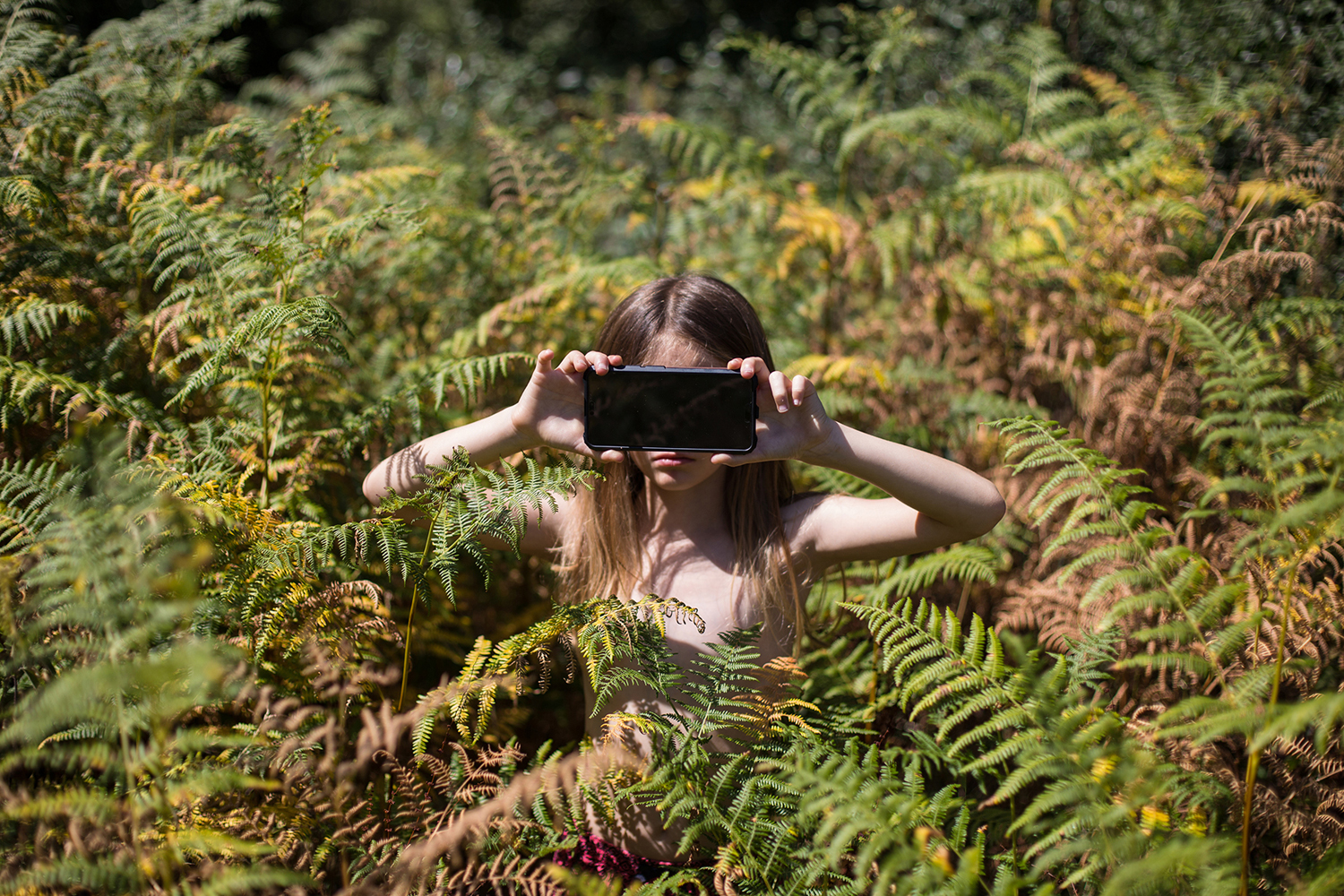
© Nicola Parry
Nicola Parry
My image is taken from a series which explores children’s mental health and the burdens they face at increasingly earlier stages of their lives. With advancements in technology, global news at our finger tips and high expectations for children’s progress in the modern world, our future generations face unprecedented worries and fears which many find it difficult to cope with.
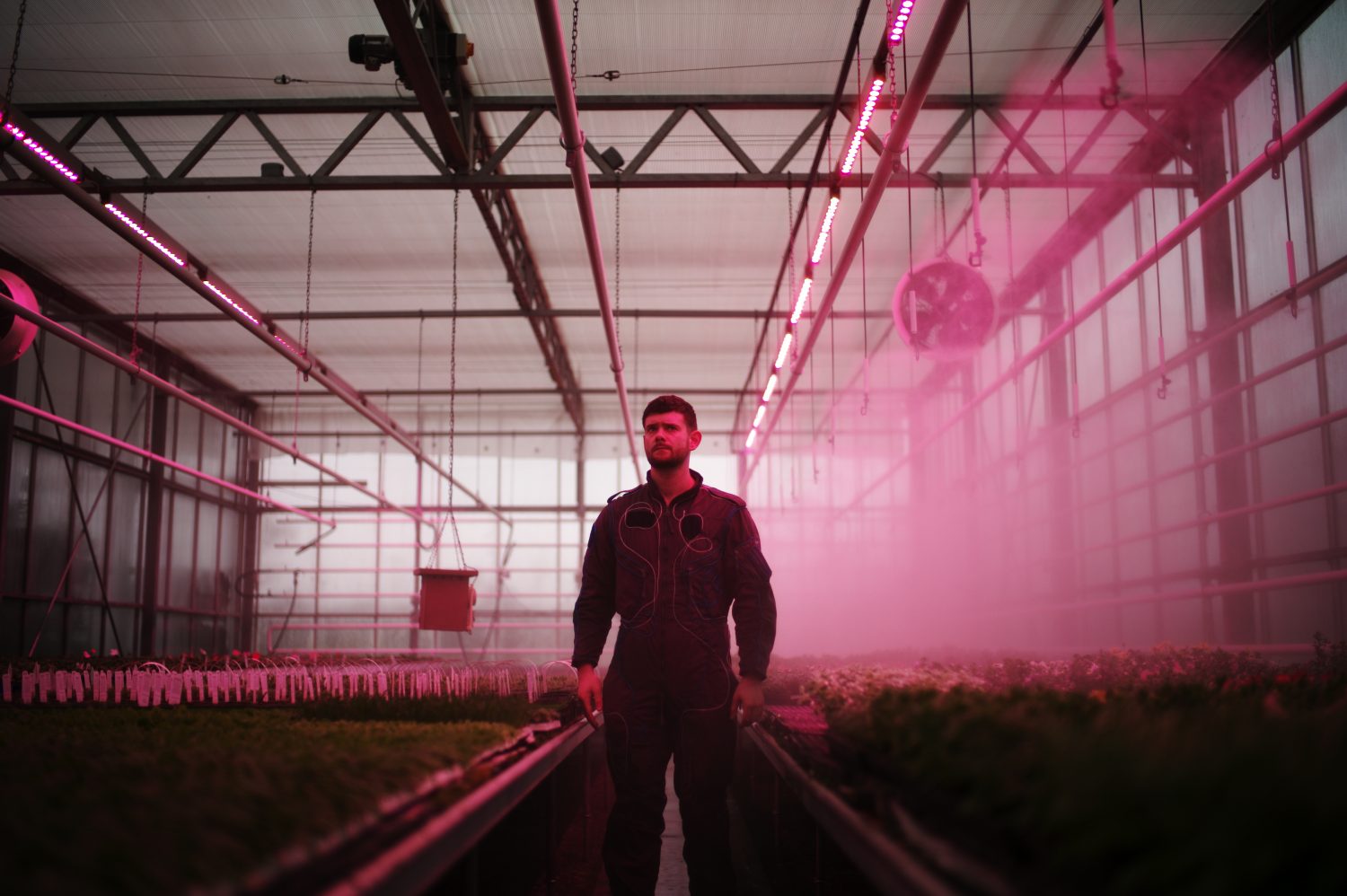
© Simon Isaac
Simon Isaac
The threat of nuclear disaster, displacement and migration are all here now and the future could amplify all of these. These images are part of the project ‘David Come Home, set in the not too distant future.
Leaving the distant planet he called home for three years, David crash-lands back on earth and walks across the landscape to find his brother. The story reflects life today for many people who migrate endless miles, leaving friends and family because of war, hostilities, the need to survive, or the human desire to explore. David Come Home is also a story of hope, a story about returning to a place and people who we love and to what is reassuring and comforting.
The collection of images featured in this exhibition articulate a series of David’ experiences including his walk across the ice planet to get his brothers message, growing his food in the planetary greenhouse, through to his arrival back on earth, culminating in his journey on foot to return to his brother when he crash lands in the forest back on earth.
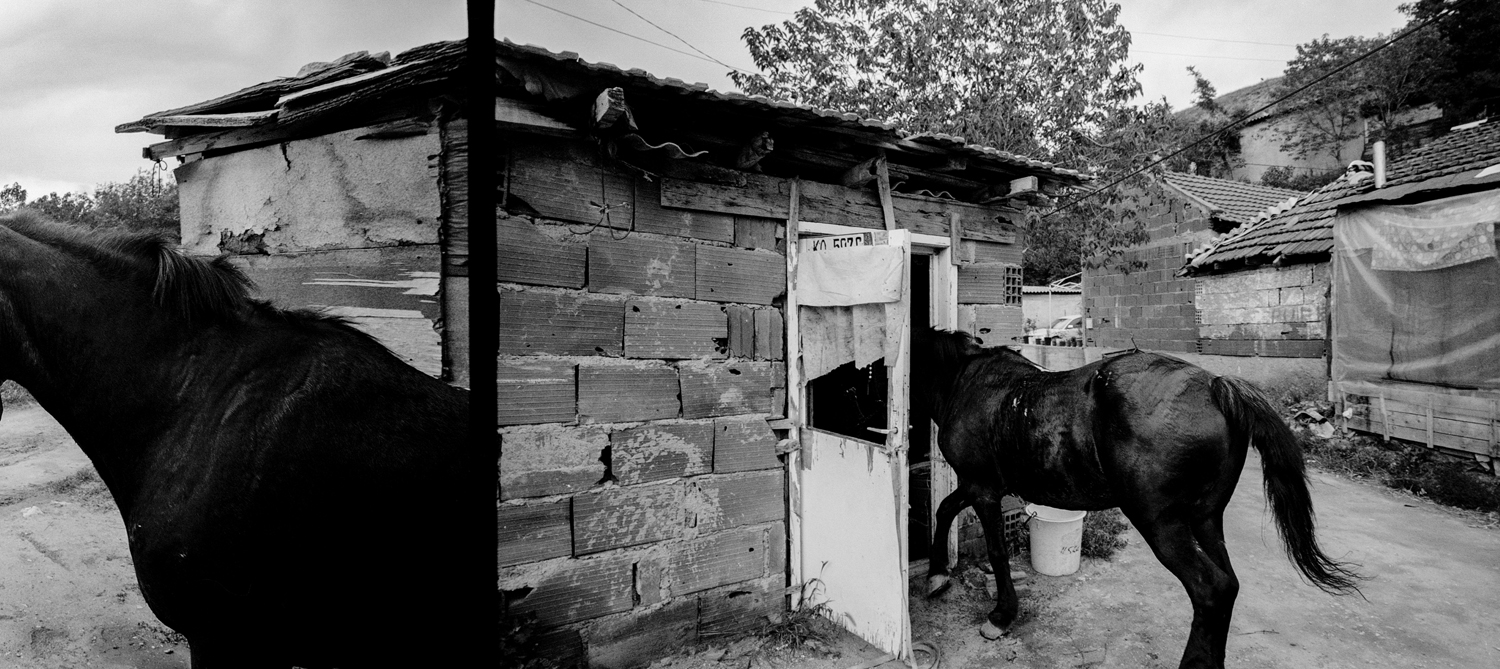
© Simon Beraud
Simon Beraud
Leaving Home: I started conceiving it during a period when, feeling uprooted, disconnected from what I used to called a ‘home’ – as if I had become a stranger -, I wandered in and outside familiar places and photographed. While the project depicts a take of distance from the comfort of modernity, it documents the research of an era in decline, as well as the discovery of life ‘outside’, on the outskirts – in the margins of society.
Regrouping photographs taken in Europe and abroad – in a world that is deeply influenced by the western industrial aspirations, where the individual is systematically assimilated to the ‘mass’ -, Leaving Home is an interrogation on existential values, on identity and on freedom.
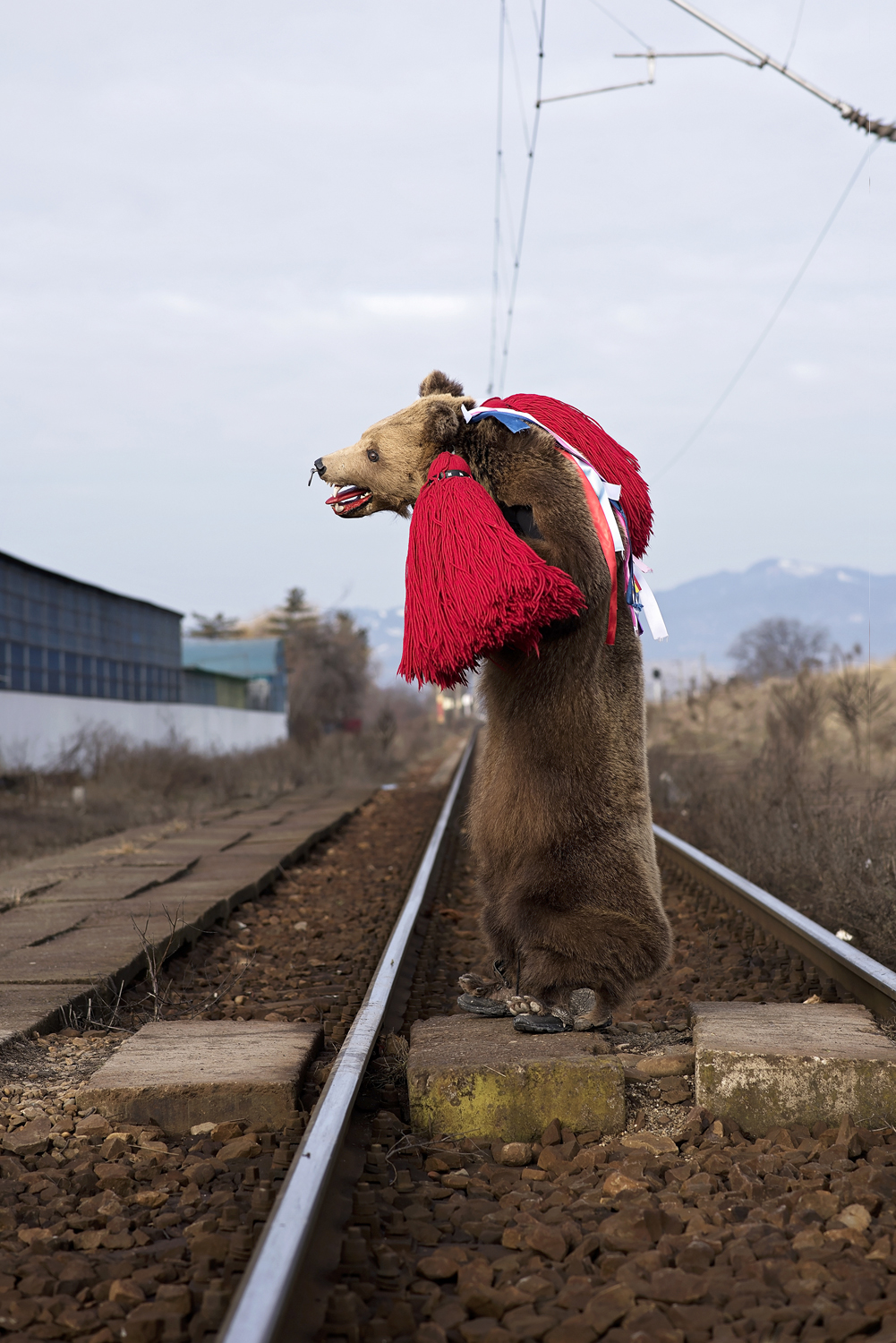
© Simona Ciocarlan
Simona Ciocarlan (Winner of the Format Festival Shutter Hub Portfolio Award 2019)
They danced in a different way: An examination of memory, nostalgia and cultural projections, seeking to provide insights into the lives of people that continue to practice ancestral rituals and wear traditional attire in Europe.
I am captivated by the Romanian pre-Christian rituals that have survived throughout the historic ages, and my intention is to place a light onto the customs of the country, investigating how the identities are build and influenced by the interplay between the modern world, perceptions and inherited culture.
Through my journeys in various regions of Romania, I spend a lot of time documenting and discussing with the locals about the importance and meanings of our inherited legacy.
One of the most fascinating rites is happening during the winter months, when groups of young men wearing sheepskin coats, cow-bells on their belts, and unique masks, are accompanied by carol singers, reaching every household in the village.
The masks, the cow-bell noise, and the whip-cracking are meant to chase away the evils and misfortunes that try to take over the old year’s end, preparing the path for a more enriched year, with peace and joy.
Another peculiar custom, taking place every winter in certain villages and cities in Romania’s eastern region of Moldova, the Dance of the Bear symbolizes the death and rebirth of time.
Performed between Christmas and New Year’s Eve, this ancient tradition brings together the whole community; in the past this ritual was performed only by men, but in our days many women and even children participate.
Although many aspects of a culture could be considered unfamiliar, ultimately, we are all bound by the same primordial feelings – love, hope and fear.
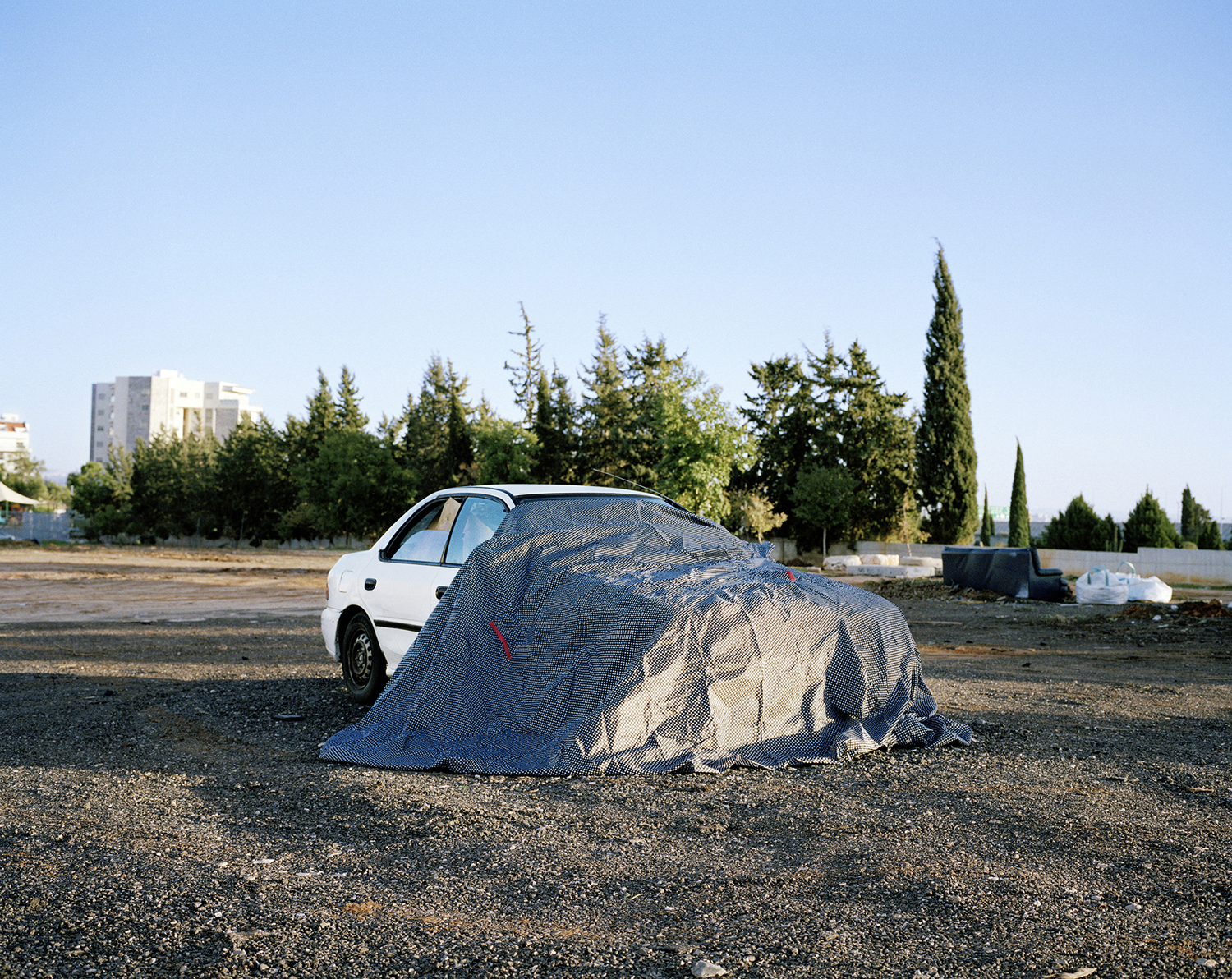
© Tal Ben Avi
Tal Ben Avi
Post Encounters: I chose the city’s entrances in this project. The no-man’s-land areas, the city’s outskirts, the edges of the city. Margins. I wander day and night. I return to those places – back and forth. Day and night allow different points of view. This constant movement turns me into a permanent nomad and the places I visit into clusters of refuge.
The space allows me to examine the significance of nature photography in these areas and in this age.
This search assumes that nature is a product of the behaviour of the man who sows destruction and who occupies territory.
The strange and the unknown are reflected in the photographs in full and in vast detail. This vastness contains traces of human contact and human presence in retrospect. These residues, which do not contain human beings, enable assimilation, submerging the subconscious, whether from the photographed place or from the viewer’s soul.

© Valerii Konkov
Valerii Konkov
The city by the beautiful mountains: Monchegorsk is an industrial city on the Kola Peninsula, whose life is centered around a metallurgical plant. Translated from Sami Monchegorsk means a city among beautiful mountains. The city is surrounded by several hills, in the depths of which are found deposits of copper and Nickel ores. In the 1930s, the construction of a factory began here, and a city began to be built around it. Now Monchegorsk plant is part of the financial giant “Norilsk Nickel”. Such settlements are called single-industry towns. Now in Russia there are more than 300.
More recently, the government abandoned the program of development of such cities and adopted a plan to reduce the number of single-industry towns in Russia. Unfortunately, people in such cities as Monchegorsk, don’t have a lot of options at hand. That is why most of the population end up working in hazardous factories that poison the air with industrial emissions, causing a number of respiratory diseases such as asthma, pulmonary fibrosis and even lung cancer. The government wants to keep harmful emissions a secret, and people get threatened for wanting to talk about what’s going on in the city.
It is not known what the future of these cities, but the feeling that the people who live there are already forgotten.
OPEN EYE GALLERY
19 Mann Island
Liverpool, L31BP
01 – 30 NOVEMBER 2019
Opening times: Now, for the Future is exhibited in the Digital Window Gallery and will be viewable continuously throughout the month. Open Eye Gallery is open Tues- Sun, 10am — 5pm
NOW, FOR THE FUTURE is supported by:
BenQ | OXLEY | PROJECT-A | X-Rite | Zero Above
Not a Shutter Hub member yet? Join here for opportunities to promote your work online and in exhibitions, access selected opportunities, events, seminars and workshops, meet up and share photographic experiences, and become part of our growing community…


